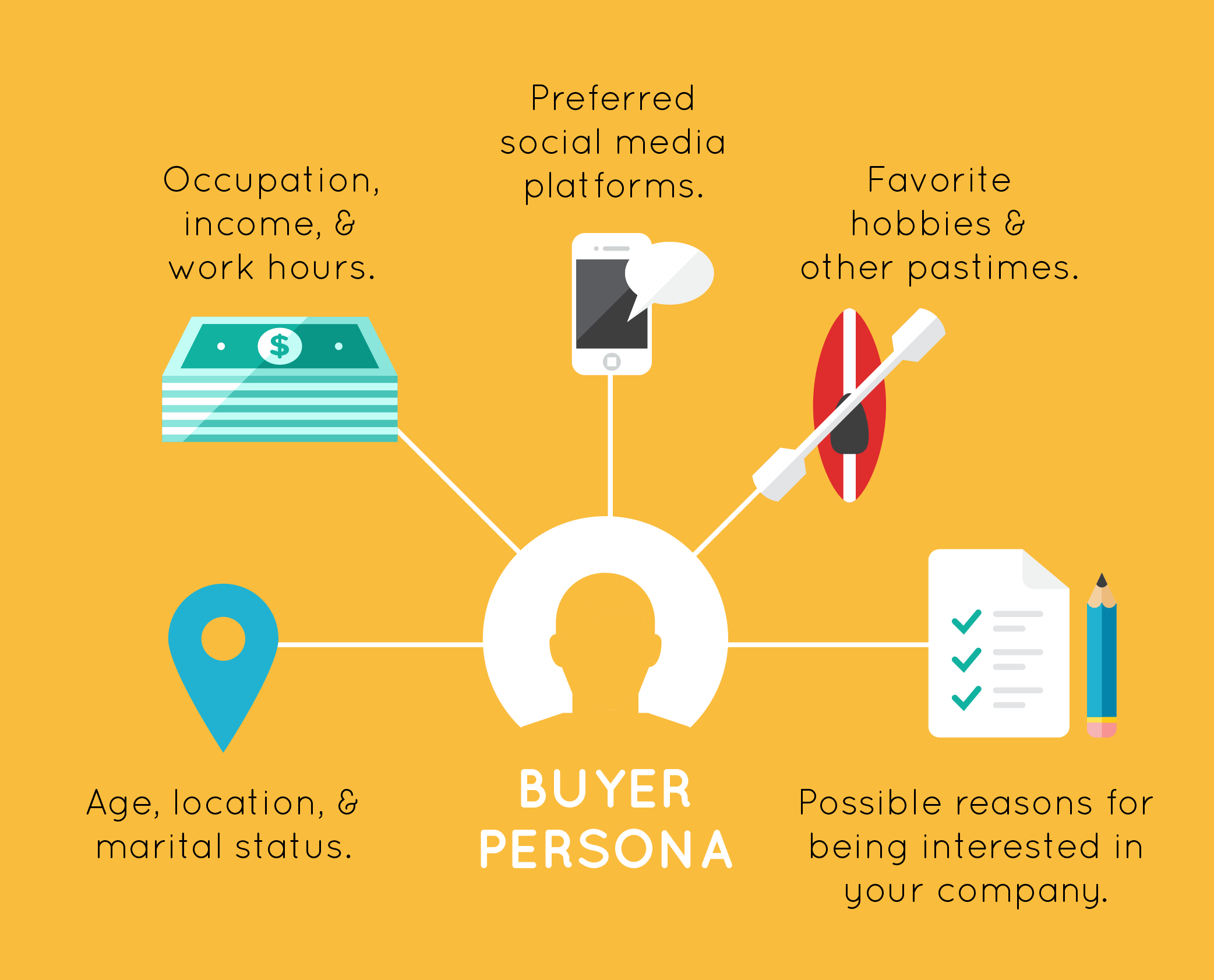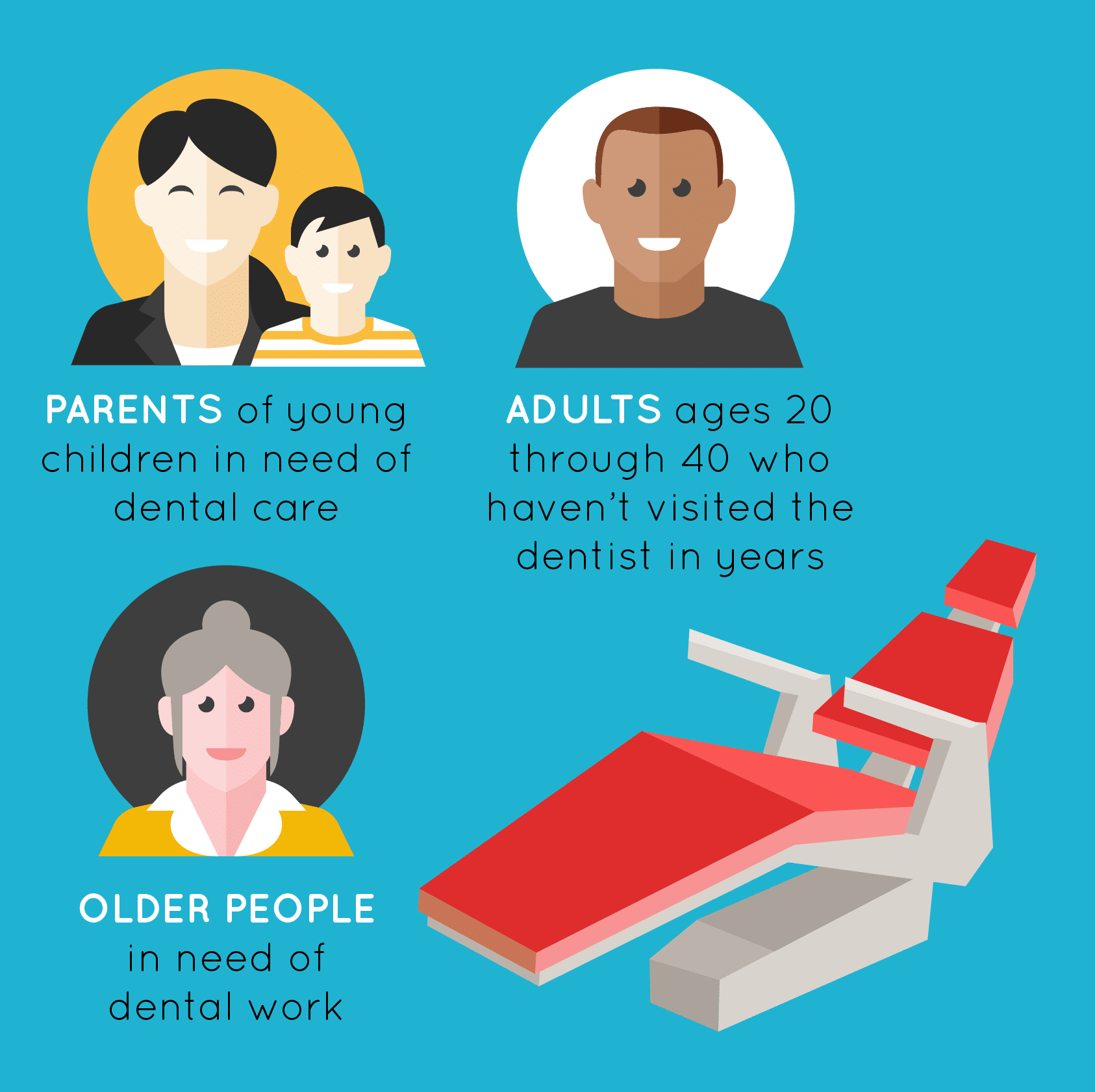What makes online content successful? It’s a question everyone who has ever used blogs, social media, or emails to promote their business has needed to ask at one point, but the answer isn’t always clear-cut. Beyond making sure that the content you publish under your company name is as sharply written as possible, is there anything you can do to make your own content more successful? There is a way, and it can be expressed in one word: targeting.
Targeting the content that you publish to your readers’ specific interests will make it far more relevant to them, which means that your readers will be more inclined to read your posts, engage with them, and follow through by clicking on your calls-to-action (CTAs). The more reason you give your audience to care about your content, the more of an audience you’re likely to have. There’s a problem here, though: How do you determine who your audience is and what they want to read? The answer lies in a concept known as the buyer persona.
How Buyer Personas Help You Target Your Content
Professional writers sometimes write with an “ideal reader” in mind, imagining a fictional reader whose interests and preferences their work can be targeted toward. The buyer persona, similarly, might be dubbed the “ideal customer” for businesses that are attempting to better understand their audience. A buyer persona is essentially a construct that represents a single segment of your customer base, enabling you to pinpoint what those customers are looking for from the content you publish.
When you develop a buyer persona, you will want to fill it with as much relevant information about your fictional customer as possible. For example, you might include the customer’s:
- Age, location, and marital status.
- Occupation, income, and work hours.
- Preferred social media platforms.
- Favorite hobbies and other pastimes.
- Possible reasons for being interested in your company.
As you fill out your sketch of your ideal customer, you’ll begin to put yourself in his or her shoes. Imagine that customer reading one of your blogs, skimming one of your email newsletters, or scrolling past a post of yours on Facebook or LinkedIn. What is most likely to catch that customer’s attention? What would that customer be bored by? What would be most likely to spur that customer to visit your company’s website? These are questions that will help you craft useful topics for your blog, write more engaging and relevant emails, and decide what to cover on your social media pages.
Having a buyer persona allows you to consolidate all of the information you have about your audience into a form that you can easily refer back to when creating or managing your online content. There are several ways in which you can obtain the information you need to create a useful buyer persona, including:
- Running an online survey of your current customers through email, social media, or your website.
- Contacting a sampling of your current customers and asking them questions.
- Talking to your sales team about the trends they are seeing among your company’s customers.
It’s also important to keep the buyer’s journey in mind as you consider what type of content is most likely to appeal to your ideal customer. When assigning or creating each piece of content, ask what stage of the buyer’s journey the reader will be at: awareness, consideration, or decision. Is the reader still looking for content that answers their needs or concerns, or are they getting ready to decide whether or not to make a purchase?
Developing Groups of Buyer Personas
In most cases, a company will want to target more than one customer category. For example, a typical dentist might want to target parents of young children in need of dental care, adults ages 20 through 40 who haven’t visited the dentist in years, and older people in need of dental work. In order to develop an effective online content campaign, that dentist could create a buyer persona for each of those groups. Then, those buyer personas could be used to create customized content that would be targeted to those groups. Instead of attempting to target every single potential customer in every piece of content, the dentist could aim different pieces of content at different customer categories—thus making that content more appealing and relevant to the customers who would be most likely to respond to it.
Most importantly, creating buyer personas helps you put a face on your audience. When you are able to think of your customers as real people, you’ll be better equipped to understand their interests and needs, and you’ll be more prepared to provide them with online content they will be drawn to.
Do you need help crafting a practical online content strategy and coming up with the quality content you need to attract a loyal audience? Pennington Creative can help. We’ll provide your company with smart, relevant content—from regular blog posts to dazzling graphics—that can help you achieve your online marketing goals. Our team has experience creating original content for a wide spectrum of industries, including law, home improvement, and pet care. For more information, contact us to schedule a free consultation today.




